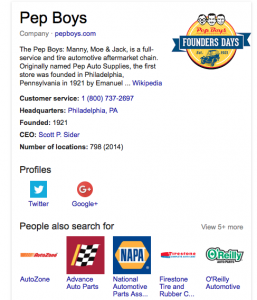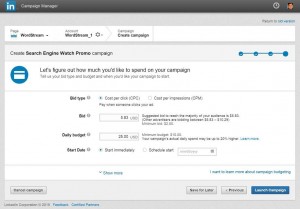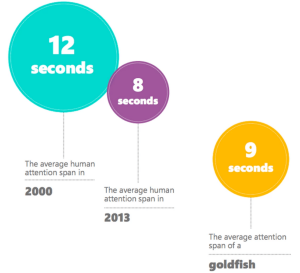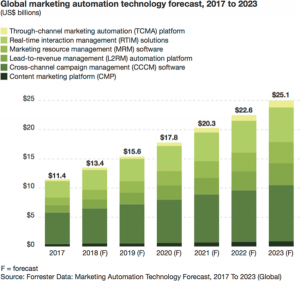
If you’ve been reading the news over the last few days, I’m sure you’ve come across the trouble that a large financial institution has found itself in with the Consumer Finance Protection Bureau (or CFPB for short).
CNN has a great recap of the story, but the quick overview that looks like this: The bank’s been found to have created 2 million unauthorized accounts for customers to boost their sales figures and make more money. The fallout from this includes firing 5,300 employees, paying $ 185 million in fines and $ 5 million in restitution to customers.
Let’s Break It Down: Fines and Restitution
Now, this bank’s a massive organization, and will most likely be able to take this hit to their bottom line in stride. But beyond pure dollars and cents, these fines will take a toll on the organization. My guess is that they don’t have $ 185 million tucked away in a rainy day fund to cover expenses like this, so this budget has to be pulled from somewhere. Usually, this is at the expense of funding research and development for new programs. Definitely a hit to business growth. I imagine they could have put that $ 185 million to use in much better ways.
And consider the logistics of paying $ 5 million in refunds. I imagine they had better uses of their time (again, these people’s time and attention typically get pulled off of developing programs that add value to the company).
Finally, the reputation damage is incalculable. No one wants to be the company that got the largest CFPB fine since the inception of the organization. That’s not the list you want to be at the top of. Journalists are starting to look at the cost of reputation damage (using the VW scandal as a model) and publishing some interesting data.
At the Heart of the Problem – Incentive Programs
“Employees secretly opened unauthorized accounts to hit sales targets and receive bonuses,” Richard Cordray, director of the Consumer Financial Protection Bureau, said in a statement. Incentive programs are pervasive and can be a huge exposure for organizations without strong compliance program in place.
As a complete aside, the Harvard Business Review wrote an interesting position piece on incentive programs – discussing whether the extrinsic motivation incentives provide really produce the long-term gains they’re set up to deliver. If you like to geek out on the psychology of why things work (or don’t) it’s a great read.
Regardless of which side you’re on regarding incentive programs, if your company has one in place, your compliance program needs to take it into account as a potential exposure for your company. For companies who do have one in place, there are two key things to do to make sure you don’t become CNN’s next headline.
Establish Your Culture of Compliance from Day 1:
A culture of compliance starts from the minute an employee establishes a relationship with you. Your employee onboarding program is a great place to set this tone, to make sure everyone who joins your organization understands things in black and white terms.
Monitor Your Program to Ensure It’s Not Being Manipulated:
Dashboards and reporting are key here. They need to be automated, and easy to produce – so that you can quickly dive into and correct any anomalies that may pop up. This will help you catch any hot spots where you might find managers creating a more permissive atmosphere than can be tolerated at your organization.
What’s the cost of replacing 5,300 people?
The time, effort, and cost to replace these people has to take a terrible toll. To top it off, this has to be a terrible hit to the bank’s customer experience, being short-handed on the front lines servicing customers. It’s a timely topic, though, as we’re chatting next week with our fantastic partners at Hyrell about the true toll of a terrible hire. These 5,300 people most likely weren’t terrible hires…but my guess is their process was terrible at educating about acceptable and unacceptable practices.
Patrick Clark from Hyrell and I will be using this cautionary tale as an example in our upcoming webinar: Calculating the Cost of “Good Enough” on Tuesday, September 20, at 2pm ET / 11am PT. We’d love to hear your opinion on the story as we talk through further steps you can take to stay off of the CFPB’s (and CNN’s) radar!
Business & Finance Articles on Business 2 Community
(127)
Report Post







